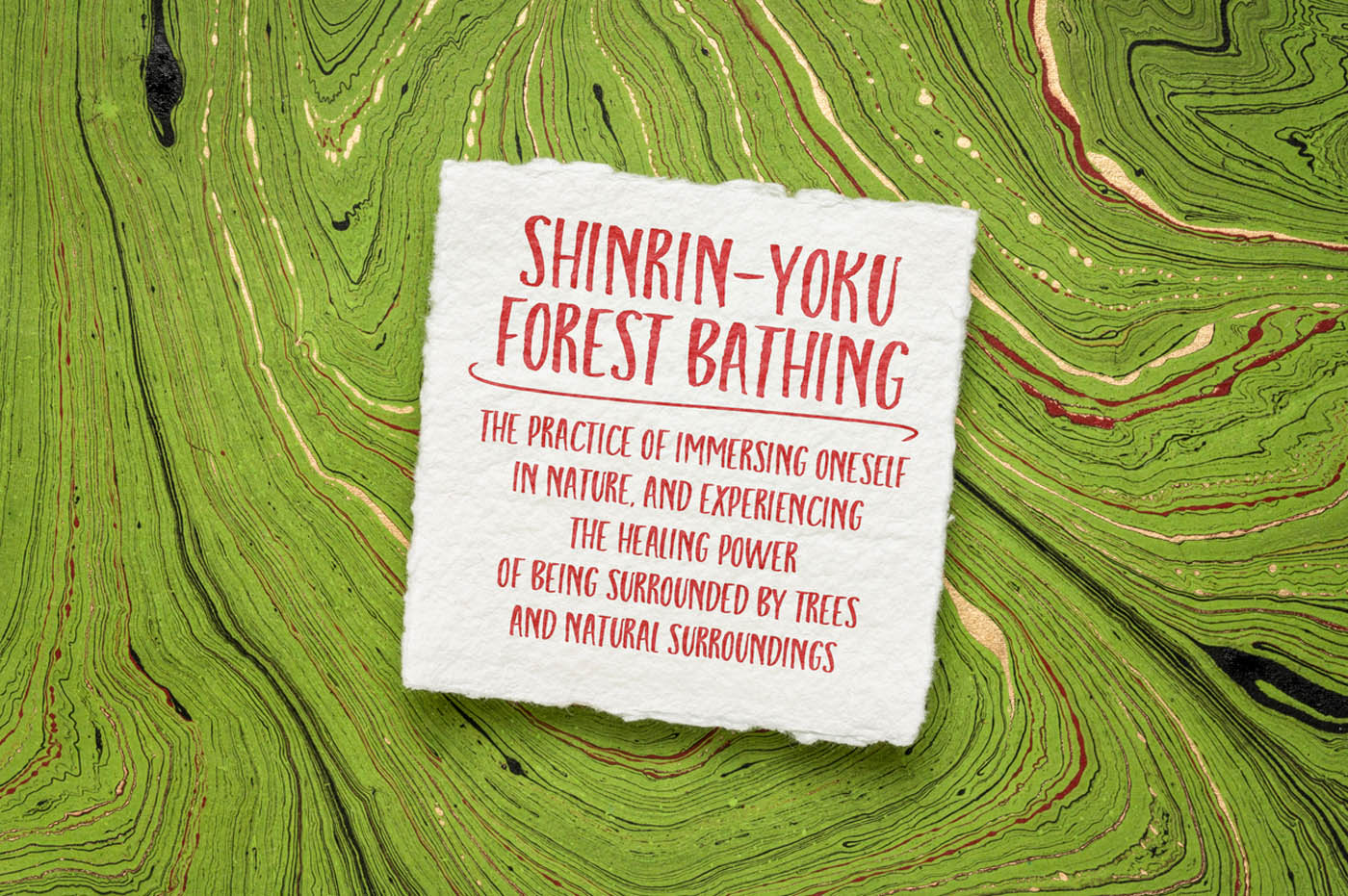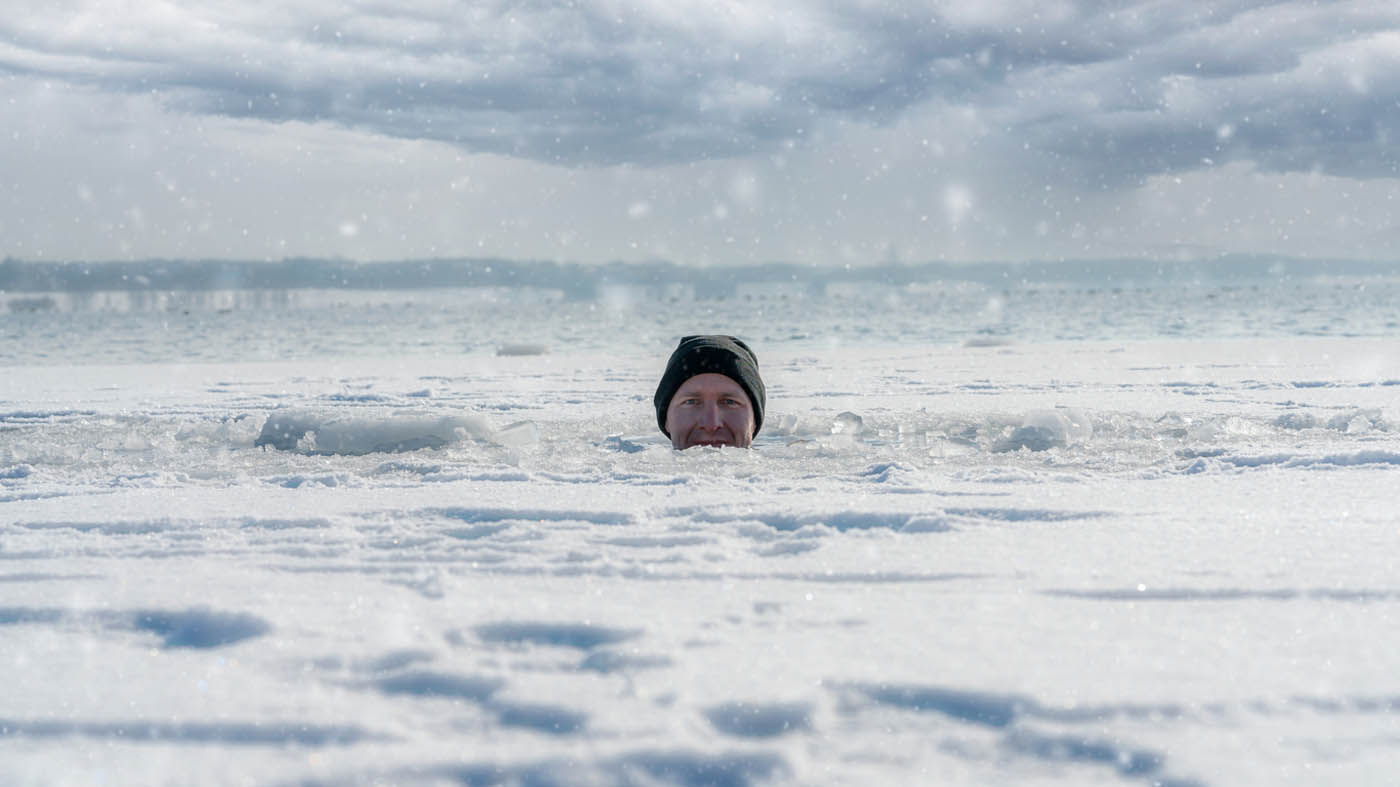Exploring Uncommon Wellness Recovery Methods
Embracing the Cold Bath and Beyond

In the quest for wellness and recovery, many of us are stepping outside the boundaries of conventional methods to explore alternative avenues that promise rejuvenation and revitalization. Amidst this shift, non-mainstream wellness recovery methods are gaining traction, with each unique approach offering distinct benefits for the mind and body. One such method that has captured attention is the cold bath, which, although unconventional, is just the tip of the iceberg in the world of alternative wellness practices.
The Cold Bath Phenomenon:
Cold bath therapy, also known as cold water immersion, is an unconventional wellness technique rooted in the ancient practices of cultures like the Japanese, Russians, and Scandinavians. It involves immersing the body in cold water, typically with temperatures ranging from 50 to 60 degrees Fahrenheit, for a predetermined duration.
Cold water exposure triggers numerous physiological responses that can benefit overall health and recovery. As the body reacts to the shock of cold water, blood vessels constrict, diverting blood flow away from the extremities and towards vital organs. This mechanism stimulates the circulatory system, improves blood circulation, and enhances cardiovascular function.

Additionally, cold water immersion triggers the release of endorphins, the body’s natural painkillers, improving mood and reducing stress levels. Regular exposure to cold baths has also been linked to boosting the immune system and promoting better sleep. While scientific research on cold water therapy is ongoing, anecdotal evidence from proponents highlights its potential as a non-mainstream wellness recovery method.
Beyond the Cold Bath: Exploring Other Non-Mainstream Approaches
Forest Bathing (Shinrin Yoku): Originating in Japan, forest bathing involves immersing oneself in a natural forest environment, engaging all five senses to connect with the surroundings. Proponents suggest that this practice can lower stress levels, reduce anxiety, and enhance overall mental well-being by benefiting from nature’s therapeutic qualities.
Sound Healing: This practice employs sound vibrations to induce relaxation and healing. Instruments like singing bowls, gongs, and tuning forks are used to create calming auditory experiences, believed to balance energy, reduce stress, and promote a sense of tranquility.
Breathwork: Various breathing techniques are gaining popularity as effective stress management tools. Techniques like the Wim Hof Method focus on controlled breathing patterns to improve oxygen intake, boost energy levels, and positively impact mood.
Infrared Sauna Therapy: Unlike traditional saunas, infrared saunas use light to heat the body directly, promoting detoxification and relaxation. Infrared sauna therapy can improve circulation, alleviate muscle soreness, and reduce overall stress.
Acupressure and Reflexology: These ancient practices involve applying pressure to specific points on the body, often in the hands and feet, to stimulate energy flow and encourage relaxation. Proponents claim these techniques can relieve tension, improve sleep quality, and enhance overall well-being.
Non-mainstream wellness recovery methods, such as the cold bath, offer individuals the opportunity to explore alternative paths to physical and mental rejuvenation. While some of these practices might seem unconventional, their growing popularity is a testament to people’s increasing interest in holistic approaches to well-being. Whether it’s the invigorating effects of a cold bath, the tranquility of forest bathing, or the soothing sounds of sound healing, these methods remind us that wellness is a multifaceted journey encompassing scientific and experiential elements.
As we continue to delve into these non-mainstream methods, it’s crucial to approach them with an open mind and a willingness to experiment. While scientific research might only partially substantiate the claims made by proponents, the power of the mind-body connection cannot be dismissed. As always, individuals should consult with healthcare professionals before integrating any new wellness practice into their routine, especially if they have pre-existing medical conditions.
In a world where stressors and demands seem never-ending, embracing diverse wellness recovery methods could hold the key to finding a healthier, more balanced, and fulfilling life. Whether it’s the shock of a cold bath or the serenity of a forest walk, the pursuit of wellness is a journey that can be as unique as the individual embarking upon it.






